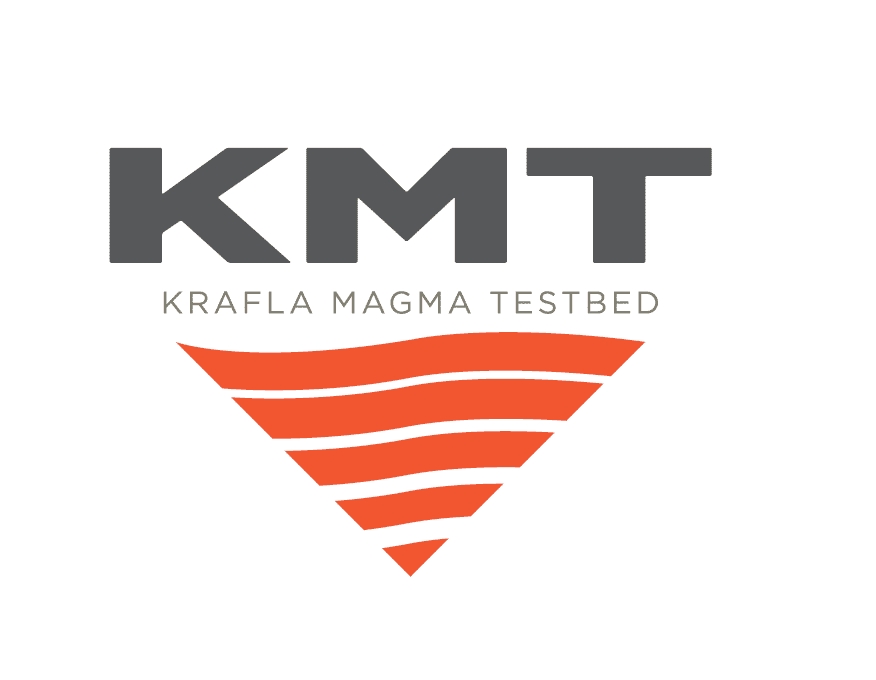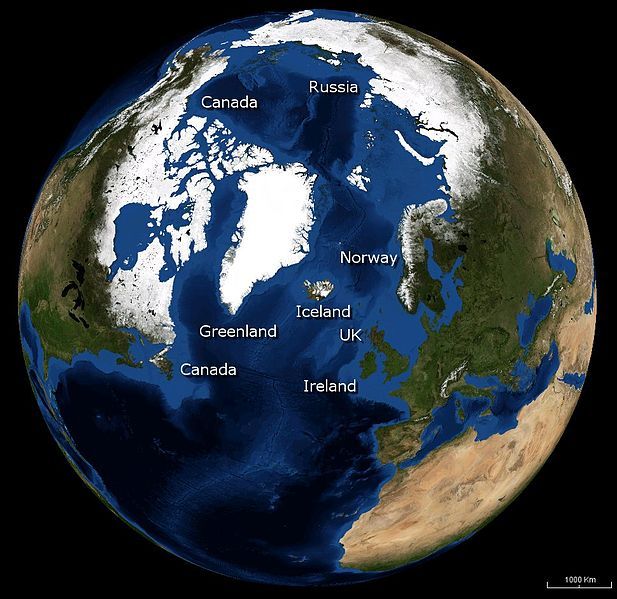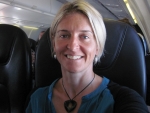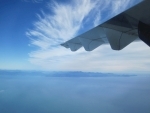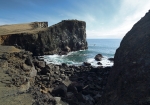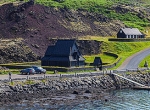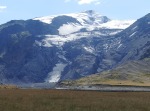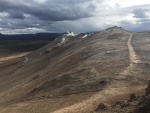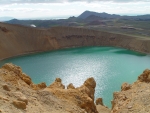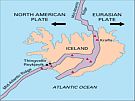Natural Hazards: lessons from Iceland.
|
|
Field Trip Plan
|
Monday 27 August to Wednesday 29 August
|
Read the diary about the long journey from New Zealand to Iceland to begin the Natural Hazards field trip. Read the ambassador updates. |
|
Thursday 30 August
|
Visit Reykjanes Peninsula a Unesco Global Geopark. Watch the videos to see how geological processes have shaped this country. Read the diary about the similarites and differences between New Zealand and Iceland. Watch the web conference and read the ambassador updates. |
|
Friday 31 August
|
Take the ferry across to Heimaey. Watch the videos and hike up Eldfell volcano. Read the diary about how Heimaey was affected by the 1973 eruption of Eldfell. Watch the recorded web conference and read the ambassador updates. |
|
Monday 3 August
|
Explore the famous and hard to pronounce Eyjafjallajökull volcano. Watch the videos to see how this volcano affected people living here. Read the diary about how Iceland formed and complete a mission to find ash from the 2010 Eyjafjallajökull eruption. Read the ambassador updates and watch the recording of the web conference. |
|
Tuesday 4 September
|
Hike up a volcano and watch the videos to see how volcanoes in this area formed. Read the diary about different volcanoes in the Krafla Volcanic System and explore a geothermal area. Read the ambassador updates and watch the recorded web conference. |
|
Wednesday 5 September
|
Meet experts involved in the Krafla magma drilling project and watch the videos to find out how they will drill into magma. Read the diary about the Krafla Power Station and the future of harnessing geothermal power. Think about the lessons you have learned from Iceland and read the ambassador updates. Watch the recording of the web conference. |
